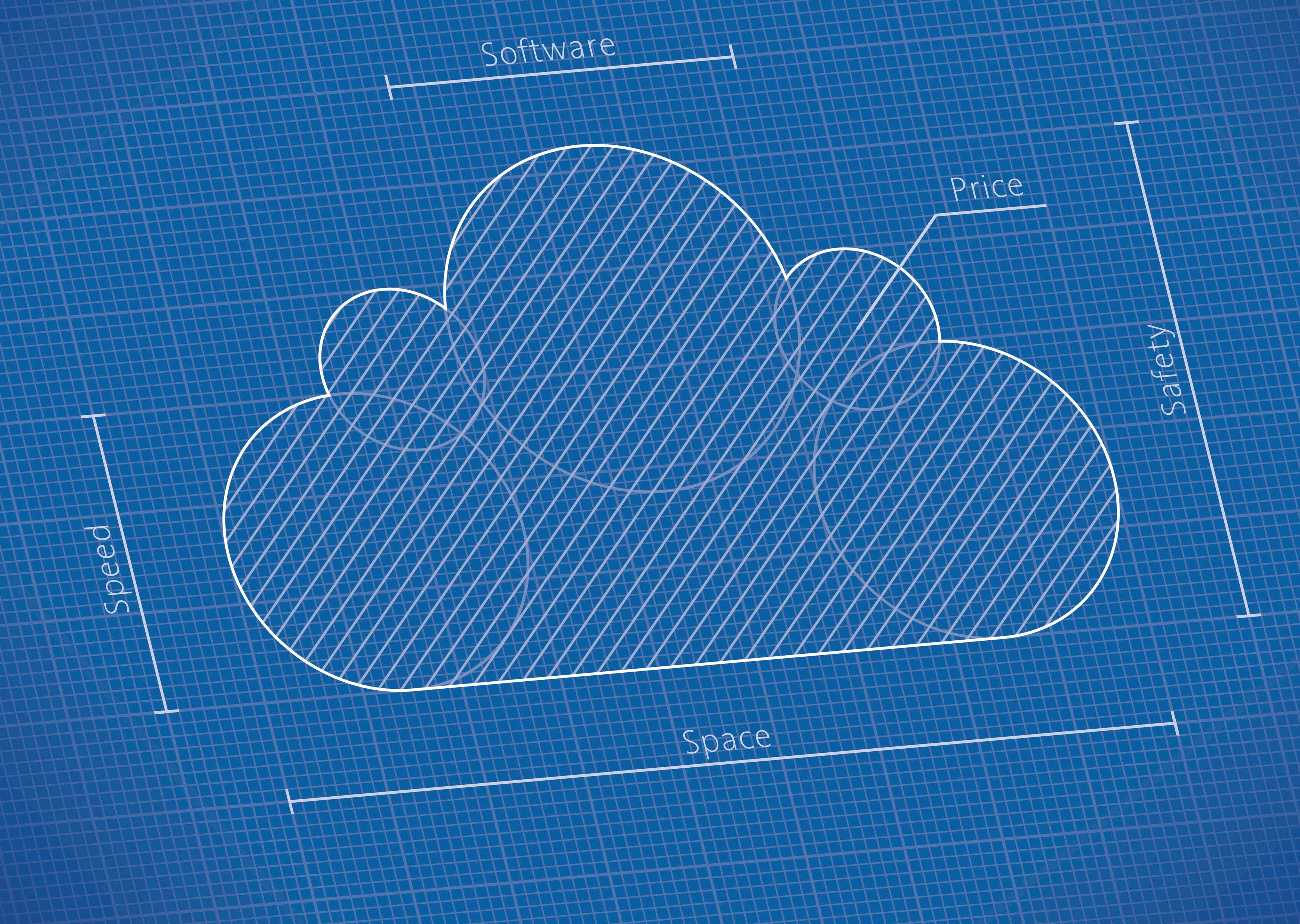
5 minute read
The Key Advantages of Cloud Mobility Management for Companies
2
THE KEY ADVANTAGES OF CLOUD MOBILITY MANAGEMENT FOR COMPANIES
Advertisement
Mobility is more than just a wireless connection. The combination of mobility and cloud computing helps to transform businesses by making them more immediate, relevant, and intelligent. But to reap these benefits, companies must rethink their IT strategies and business processes in order to move away from old paradigms.
“The combination of mobility and cloud computing helps to transform businesses by making them more immediate, relevant, and intelligent”. Mobility requires companies to change in different ways:
Connecting phones, tablets, and even the
Internet of Things. Mobility and the Internet of Things require a company to modify its network connectivity models and to prepare itself for a huge increase of real-time data. These devices can run bandwidth-intensive and latency-sensitive services, such as video streaming, or other more frequent small data transmissions, such as movement sensors or RFID tags. This new set of connected devices also requires companies to think about different interaction models, such as people-to-thing and machine-to-machine (M2M) communication. Companies should look for new or updated M2M solutions for their operating systems that can wirelessly connect millions of different devices to a network and support twoway communication in back-end systems.
Rethinking business processes for a mobile
world. New operating systems and mobile devices require companies to change the way their applications and business processes are designed. PC operating systems were designed with menu navigation, whilst operating systems optimised for mobility are task-oriented. Users generally wish to access relevant information on a mobile device in just one or two clicks, which means IT cannot simply transfer an application to other devices. Neither the process nor the content itself is optimised for the size of the screen or the device. Applications must take into account the devices, where they are being run from, and if they are on a local network or in the cloud. Mobility means having access to real-time data. For example, a transport company could use sensors in its trucks to ensure that products are delivered fresh and on time by monitoring the temperature and humidity during the delivery process. It could also capture GPS location data and signature data upon delivery.
“Applications must take into account the devices, where they are being run from, and if they are on a local network or in the cloud”. Creating portable services. We are evolving from a world of one device per person to one where each person has multiple devices and numerous wireless connections. Mobility now takes on a whole new meaning because not only are the devices portable, but content and services must be as well. The next wave will include fully portable services that use a combination of cloud storage, SaaS, cloud media, and remote desktop access in order to store, recover, and consume content on the go. Two-factor authentication services will be used to verify that the person trying to access the content and services is authorised to do so. Instead of blocking company services on certain devices or from certain locations, employees can be authorised to use said services on any device, anywhere.
Support for multiple roles per individual. The services follow the user, but IT still needs a way to separate personal data and applications from corporate data and applications. This means that software service providers must include at least two roles for each person: one corporate and one personal. The distinction between work and personal content is transparent for the users unless they attempt to carry out actions prohibited by company policy. This type of technology will evolve over time and will be essential for supporting a BYOD policy both in terms of protecting individuals’ right to privacy as well as addressing IT needs regarding corporate data protection and management

Although some IT Managers are resistant to these changes, most companies are looking for a way to
support and manage this wide variety of devices
and services. However, device management is also evolving quickly.
There are various components that come into play regarding mobility management. Among others:
Mobile device management
Mobile application management
Mobile security
The number and scope of the components included in the different solutions will vary depending on the service provider. But when it comes to enterprise mobility problems, a cloud-based mobility management service is an approach that is often overlooked. Cloud-based mobility management can provide numerous benefits: 1. Quick roll-out. While rolling out a traditional Mobile Device Management (MDM) system in a business can take weeks or even months, cloud-based MDM solutions can be up and running in a matter of hours. They allow for a company to quickly implement policies and monitor access with a simple click on configuration and provisioning.
2. Flexible cost management. The majority of cloudbased models allow you to scale the service at your own pace as the business grows. It doesn’t matter if a company wishes to implement this management for 50 or for 500 employees in one go. It requires the same amount of IT resources and can be done in the same amount of time.
3. Range of devices. Nowadays, many services and 4. applications have the same usability regardless of the operating system because they are 100% webbased tools. In addition, many tools are developed natively for different devices to facilitate a user
experience consistent with the devices. Practically no need for updates. The landscape of operating systems changes extremely quickly. If you have a mobility management solution at your own facilities, you will have to update it every time a new version of the operating system is released.
Cloud-based mobility management is on the rise. Neither cloud mobility nor the local MDM market has a standard set of functions across providers. This means that you need to evaluate which features are most important for your company:
Are you looking to emphasise device security?
Are you looking for a more complete set of capabilities to manage mobile applications?
All of this should be taken into consideration when deciding between a local solution and a cloud-based solution.
Keep in mind that cloud mobility management enables IT departments to focus their resources on determining which business processes and applications need to go cloud based.





